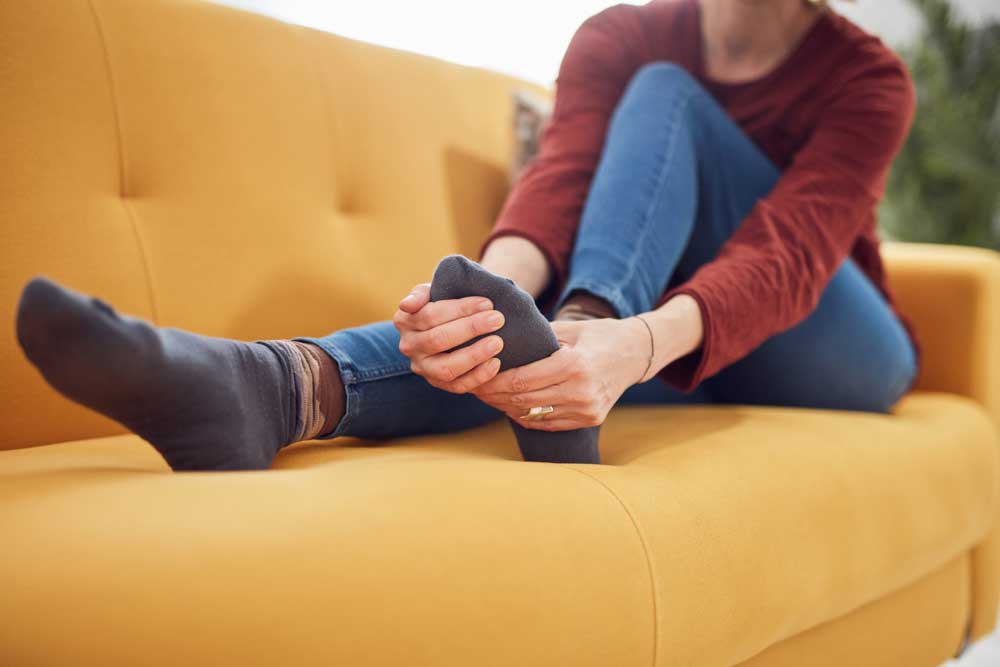Numb, Tingling, and Cold Feet | Causes & Vein Treatment Options

Are numb, tingling, or cold feet indicative of vascular disease? In the world of vascular health, this is a question that often comes up. As someone who has trained and practiced as both a cardiac and vascular surgeon, I've had the privilege of gaining insights into circulation problems in both arteries and veins. In my current practice, which focuses exclusively on vein conditions, I've come to understand that both artery and vein conditions can manifest with these uncomfortable symptoms. However, it's essential to recognize that they stem from different sources and require distinct treatments.
Arterial vs. Venous Origin: Different Clues
When evaluating a person experiencing numbness, tingling, or cold feet, there are several key clues that help us distinguish whether the issue is related to arteries or veins.
1. Arterial Condition - Peripheral Arterial Disease (PAD):
One way to identify whether the symptoms are linked to PAD is to sit up in bed, dangle your foot off the side, and let it hang down. Does the pain lessen? This basic maneuver allows gravity to encourage more blood flow to the foot, and if the pain lessens, it is a clue that your pain may be connected to reduced arterial circulation. People with an arterial condition always have pain in their calves, thighs, or buttocks and it is always relieved with rest. One simple way to sort out the artery circulation is with an artery ultrasound (not a vein ultrasound).
2. Venous Insufficiency:
Venous symptoms, on the other hand, often manifest as numbness, tingling, stinging, burning sensations, or cold feet, primarily in the evening or at night. These symptoms can be present throughout the day but tend to intensify during the evening or nighttime.
The evening worsens because venous insufficiency disrupts the normal circulation of blood, leading to inflammation that accumulates in the tissues, most prominently in the feet.
By the next morning, after sleeping flat in bed, the symptoms usually improve. They may not entirely disappear, but there is a noticeable difference. This pattern of worsening symptoms at night and improvement in the morning is a hallmark of vein-related issues.
Treatment and Relief for Vein Conditions:
If your symptoms align with those of a vein condition, there's good news: These symptoms can often be alleviated with proper treatment. Typically, individuals with vein-related symptoms experience a significant improvement in their foot discomfort after receiving treatment.
Treatment often begins with an ultrasound to pinpoint the location of abnormal veins. After the procedure, patients can usually resume their daily activities. Within a couple of weeks, they tend to notice substantial relief from their foot symptoms.
In conclusion, numbness, tingling, and cold feet can indeed be signs of vascular disease, but the origin of these symptoms, whether arterial or venous, can be distinguished by specific clues and patterns. It's crucial to seek professional evaluation and diagnosis to receive appropriate treatment and regain comfort and mobility in your feet.



